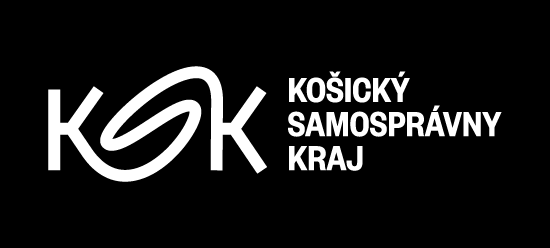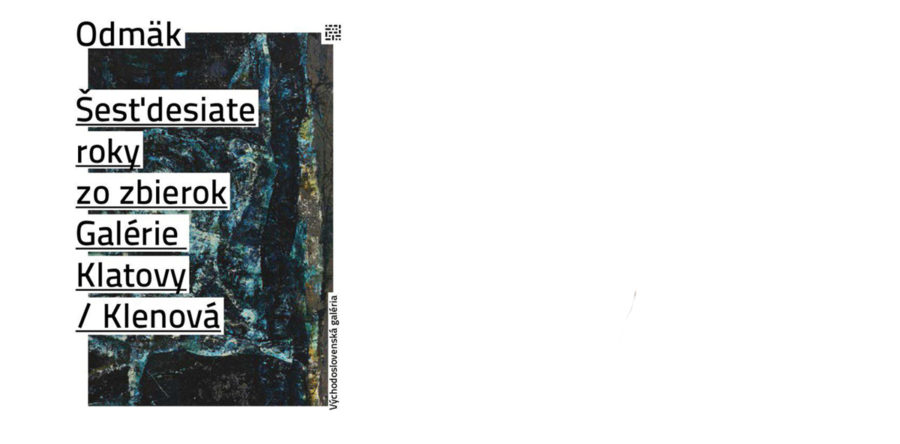opening: 14. 9. 2017, 6 p.m.
duration: 15. 9. – 26. 11. 2017
curators: Lucie Šiklová, Michal Lazorčík
Východoslovenská galéria, Hlavná 27
Today, the 1960s are often referred to as "golden", but the release of these years, however appealing it may be, is not seen as taken out of historical context. They are framed by two important milestones at the end of the Second World War and in 1968. Large and small histories in our territory took place first in the atmosphere of post-war Europe, then the Cold War, the construction of the Iron Curtain, the February communist coup in 1948, intensifying the oppression of all free. manifestations, culminating in communist processes in the 1950s and its gradual weakening, beginning with Stalin's death and culminating in 1968. With the turn of the 1950s and 1960s, liberation came again. Information began to penetrate to us "from the outside" and for artists it meant new impulses.
It has been confirmed that art cannot be an ideological tool of state power. Nevertheless, even at this time, Czech art was still divided into so-called official and unofficial ones. The former served the regime more or less and remains outside the realm of interest today. With a few exceptions, his speeches usually do not deviate anywhere, do not discover anything and come to the attention of art historians, not because of their artistic value, but as a socio-political testimony to adaptability and servility. The then unofficial current today represents a recognized mover and bearer of transformations.
The 1960s represent an important chapter in our art history, and over time we can only admire the compelling power of artists' artistic and human expression. The year 1968, together with the arrival of the occupying forces, represented a dramatic milestone for our art and the third major repression in a century. The penultimate year of the decade can be compared to the ebb following the tidal wave of a decade. From the seventies to the beginning of the eighties, it normalized in Czechoslovakia. Only some could exhibit. Not all freedom, personal pressure and the pressure of the general situation and the ubiquitous normalization gray have withstood, not everyone is created for the boiler room and underground environment.
The exhibition will present to the Košice audience an exceptional collection of 60s art from the Klatovy / Klenová Gallery. The work of the authors of this period currently represents an iconic epoch, which is a frequent subject of artistic-historical interpretation. The Klatovy / Klenová Gallery began its collection-building activity without a connection to the local collection. The gallery's collection did not include significant works of art of the interwar or earlier period, with a few exceptions, which, however, did not determine its character from a broader view of the collection. It is therefore primarily based on the works of active artists at the time. Many of the presented authors have crossed the borders of Czechoslovakia with their work and their uniqueness is not evidenced by words, but by the strength, urgency, expression and quality of the works of art in informal, newly figurative, kinetic and quite unspecified expressions, testifying to the strength of 60 years.
Thaw exhibition, you can see, for example, works by Eva Kmentová, Stanislav Kolíbal, Eduard Ovčáček, Jiří Kolář, Zdeněk Sýkora, Václav Boštík, Dana Puchnarová and others.
The exhibition was prepared in cooperation with the East Slovak Gallery and the Klatovy / Klenová Gallery.



